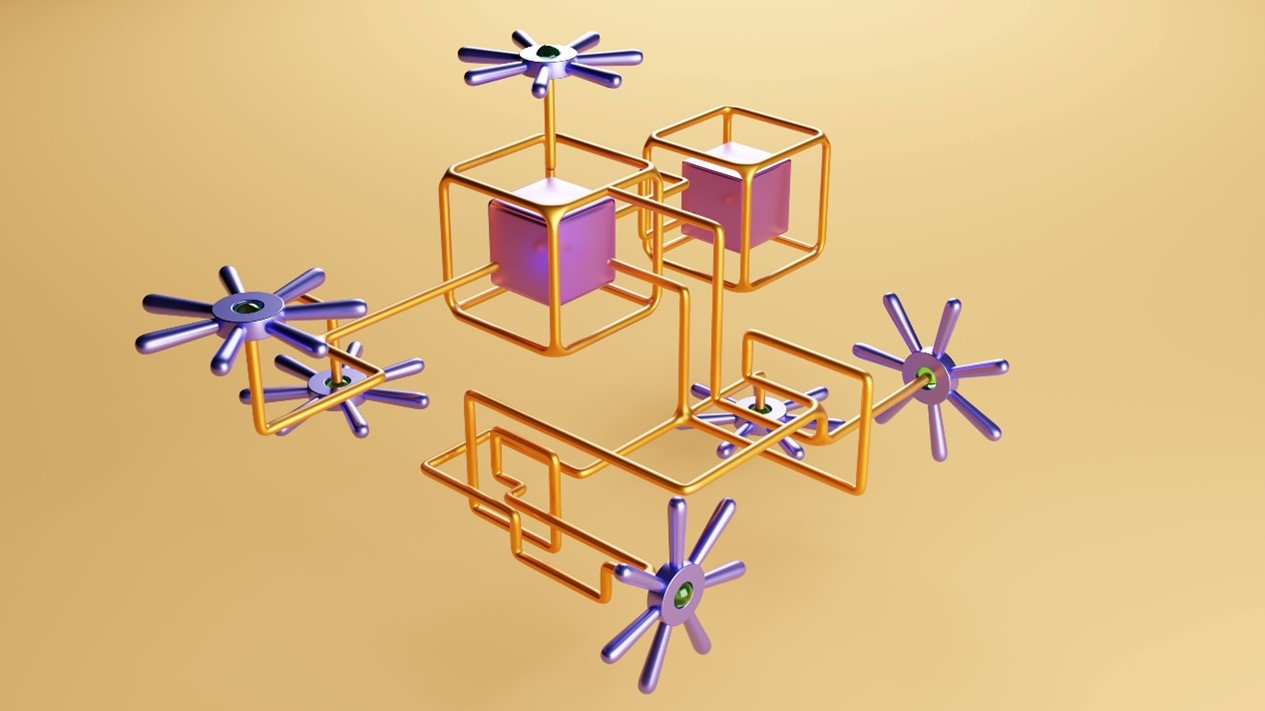Internal Articles
Containerization

Containerization is a powerful technology that improves performance
What is Containerization?
Containerization is a process of bundling an application and its dependencies into a single package, known as a container. The container is isolated from the host operating system, making it portable and easy to deploy to any environment.
Why Use Containerization?
One real case where containerization is desirable is in microservices architecture. In a microservices architecture, an application is broken down into small, independently deployable services that communicate with each other over APIs. Each service can be containerized, making it easy to manage, scale, and deploy independently. This allows for greater flexibility and agility, as changes to one service do not require the redeployment of the entire application. Additionally, containerization can help ensure that each service runs in a consistent environment, reducing the risk of compatibility issues or configuration errors.
Pros
Portability
Containers provide a standardized way to package applications and their dependencies, making them easy to move between different environments and infrastructures.
Scalability
Containers are lightweight and easy to scale, allowing you to rapidly adjust resources to meet demand and reduce costs.
Streamlined Development
Containers make it easy to create and test applications in a consistent environment, and can be used to create development environments that are identical to production environments.
Simplified Management
Containers are self-contained and isolated, making it easy to manage multiple applications running on the same server or across a cluster of servers.
Cons
Increased Complexity
Containerization can add complexity to application development and deployment, especially when dealing with issues like network communication and persistent storage.
Security Concerns
Containers share the same kernel as the host operating system, which can create security risks if not properly managed and isolated.
Resource Overhead
Containers require additional resources compared to running applications directly on the host operating system, which can impact performance and increase costs.
Learning Curve
Containerization requires learning new tools and concepts, which can take time and effort, especially if you are new to virtualization or cloud computing.
There are several tools available for building and deploying containers.
Docker
Docker is one of the most popular containerization tools. It allows developers to package an application and its dependencies into a container, which can be deployed to any environment. Docker also provides tools for building and managing container images, as well as for orchestrating containers at scale.
Link: https://www.docker.com/get-started/
Kubernetes
Kubernetes is an open-source container orchestration tool that automates the deployment, scaling, and management of containerized applications. It provides a platform for managing containerized applications across multiple hosts, as well as for automating tasks like rolling updates and scaling.
Link: https://kubernetes.io/docs/setup/
Conclusion
Containerization is a powerful technology that can streamline the application development, deployment, and management process. While it does come with some drawbacks, the benefits of containerization are significant, making it an increasingly popular option for developers and operations teams alike. Whether you are a developer, an operations team, or a business owner, containerization can help you simplify your workflows and improve the performance of your applications.
 | João Alves Senior Software Developer Technology enthusiast. Focused on software development and delivery quality. |































